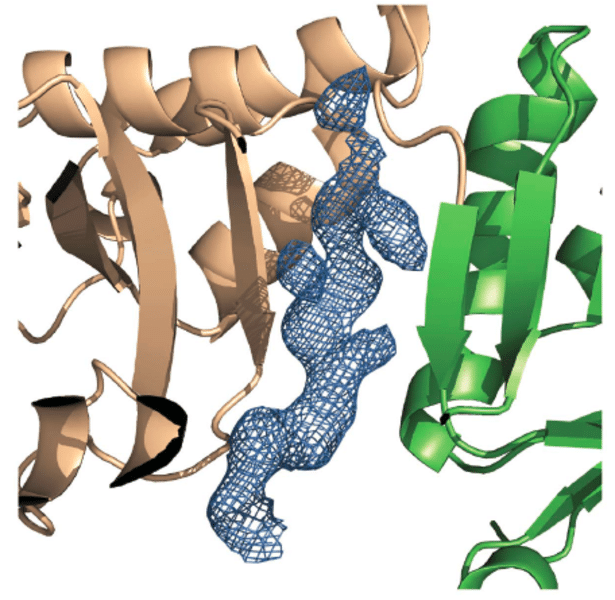MST deciphers Hedgehog signals in growth and development
In their most recent publication, the groups of Luca Jovine and Rune Toftgård at Karolinska Institutet in Stockholm provides novel insights into the human Hedgehog signaling pathway which is playing a fundamental role in embryonic development and cellular growth. In this study, the MicroScale Thermophoresis (MST) technology was applied to elucidate the interaction of SUFU, an essential regulator of the Hedgehog signaling pathway, with the downstream acting transcription factor GLI. These interaction studies together with structural analyses of the formed complex shed light onto the fundamental mechanisms of Hedgehog signaling and regulation.
Underlining the importance of this pathway and the underlying interaction of these signaling proteins, a complementary study has been simultaneously published in Nature Communications. This study employed Isothermal Titration Calorimetry to (ITC) to investigate this crucial interaction, yielding the same binding affinity for SUFU and GLI.

Abstract:
Hedgehog signaling plays a fundamental role in the control of metazoan development, cell proliferation, and differentiation, as highlighted by the fact that its deregulation is associated with the development of many human tumors. SUFU is an essential intracellular negative regulator of mammalian Hedgehog signaling and acts by binding and modulating the activity of GLI transcription factors. Despite its central importance, little is known about SUFU regulation and the nature of SUFU-GLI interaction. Here, the crystal and small -angle X-ray scattering structures of full-length human SUFU and its complex with the key SYGHL motif conserved in all GLIs are reported. It is demonstrated that GLI binding is associated with major conformational changes in SUFU, including an intrinsically disordered loop that is also crucial for pathway activation. These findings reveal the structure of the SUFU-GLI interface and suggest a mechanism for an essential regulatory step in Hedgehog signaling, offering possibilities for the development of novel pathway modulators and therapeutics.
